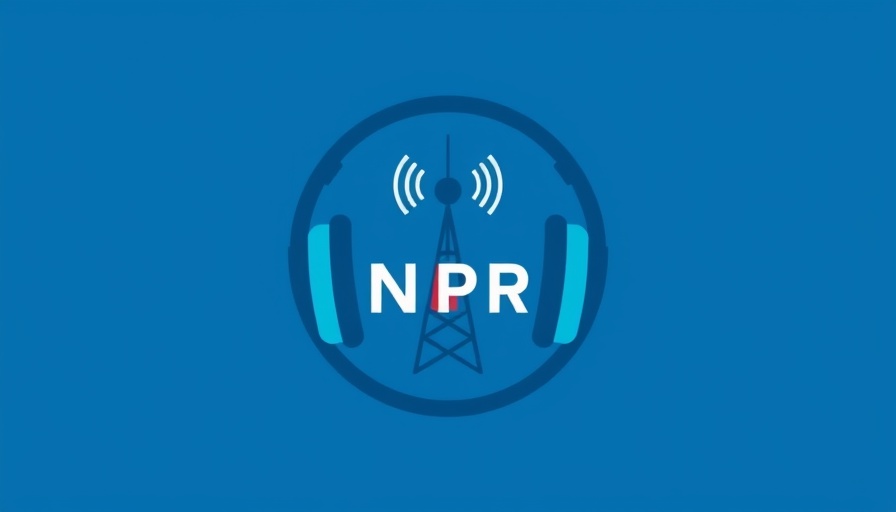
NIH Funding Process Partially Restored: What It Means for Medical Research
The recent decision by the National Institutes of Health (NIH) to partially lift the freeze on its grant application review process has emerged as a pivotal moment for medical research. Originating from the Trump administration's controversial funding policies, this move signals a potential shift in the landscape of biomedical research funding, affecting thousands of projects across the nation.
Understanding the Funding Freeze: A Historical Context
The funding freeze, initiated shortly after President Trump's inauguration, disrupted the NIH’s ability to conduct essential grant reviews for critical areas of research, including heart disease, Alzheimer's, and COVID-19. This stasis had dramatic repercussions: approximately 16,000 grant applications, collectively vying for a staggering $1.5 billion, were caught in a bureaucratic limbo.
Shifting Regulatory Landscape: Partial Resumption of Reviews
In a recent announcement, the NIH indicated its readiness to resume incremental approval for meetings necessary to evaluate these grant applications. Though the agency could begin to submit notices for upcoming meetings, it is crucial to note that many stages of the review process remain frozen. The current state underscores the continuing challenges in restoring full functionality to the grant system.
Impact on Research Institutions and the Larger Scientific Community
The ripple effect of this funding freeze sent shockwaves through universities, medical institutions, and research organizations reliant on NIH funding. Over 300,000 researchers across more than 2,500 institutions depend on those funds to advance their work, and an extended halt on grant reviews could jeopardize not just projects, but also the careers of many scientists.
Future Implications and Potential Challenges Ahead
The NIH's future remains uncertain. As the agency works through a backlog, it faces significant workforce challenges due to recent cuts, reducing staff by about 1,200. With a tightening budget and a push from the Trump administration to cap indirect costs at 15%, concerns loom that funding for vital biomedical research could be further compromised.
Counterarguments: Perspectives from the Scientific Community
While some view the changes as a means to streamline and democratize research funding, many researchers see the shifts as undermining the integrity of the review process. Critics argue that capping funding could cripple many ongoing research initiatives. This division emphasizes the complex relationship between politics and science.
What Businesses Need to Consider in Light of These Changes
For CEOs and business professionals in tech-driven industries, the health of research funding is inextricably linked to innovation. Ultimately, a robust medical research sector is vital for new technologies and healthcare advancements that drive market growth. Understanding the implications of NIH funding policy changes is essential for strategic planning in related sectors.
The Call for Action: Engagement and Advocacy
As members of the business and technology communities, it's imperative to advocate for sustained funding levels that support research. Engaging with policymakers and voicing support for the scientific community can amplify the push for a more stable research environment.
Understanding the intricacies of the NIH funding process and advocating for its stability can help secure ongoing advancements that benefit society as a whole. For those impacted by these changes or simply interested in fostering the future of medicine and innovation, it’s time to engage and drive the conversation forward.
 Add Row
Add Row  Add
Add 


 Add Row
Add Row  Add
Add 

Write A Comment